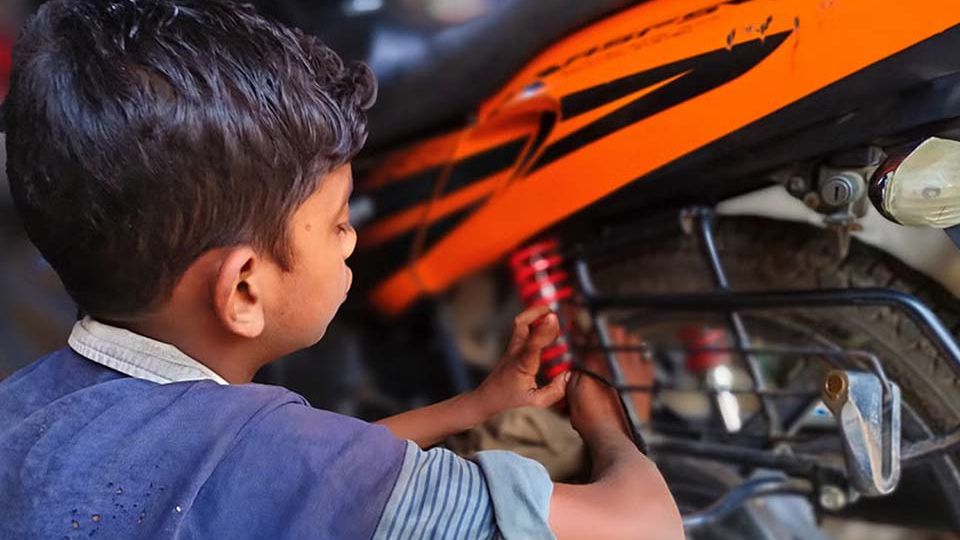May 2, 2025
DHAKA – As the world observes May Day today to honour the rights and struggles of workers, it is vital that we also remember those whose labour remains invisible: the children working in Bangladesh’s factories, workshops, and fields.
On this day, as workers across the world demand justice and dignity, child workers remain unheard. They do not receive minimum wages, sick leave, or the right to unionise. Many of these children work over 10 hours a day, six days a week, with no medical support or compensation for injuries.
According to the National Child Labour Survey-2022 by the Bangladesh Bureau of Statistics, approximately 1.78 million children aged five to 17 were engaged in child labour. Of them, more than 1.07 million are involved in hazardous work. These figures represent a 4.5 percent increase in child labour in the past decade.
The Covid-19 pandemic made things worse, with over 511,000 children dropping out of school in 2022, many forced into work. Around 33 percent of these dropouts were directly linked to the financial strain caused by the pandemic, according to this newspaper’s report.
Financial hardship remains the key driver behind child labour. Although primary education is technically free in Bangladesh, secondary education incurs additional costs that are unaffordable for struggling families.
As a result, many children drop out of school and are sent to work, especially in hazardous sectors such as motor vehicle repair, footwear and garment manufacturing, iron and steel casting, and domestic work.
Urban areas see the worst of it, with around 64.3 percent of child workers in hazardous jobs based in cities and towns. Slums and informal settlements often see children working alongside adults in cramped factories or assisting in family-run businesses.
According to an Asia News Network report on March 13, 2024, nearly 25,000 children work in vehicle repair, 5,000 in footwear manufacturing, and thousands more in metal casting, tanneries, and toxic waste recycling.
The invisibility of this labour, particularly in domestic work, makes it harder to track and address.
Despite laws banning hazardous work for children under 18, enforcement remains weak, particularly in the informal sector where most child labour occurs. Data on child labour is patchy, and regulations are easily bypassed.
The US Department of Labour’s 2023 report highlights that Bangladeshi children are engaged in the worst forms of child labour — some forced upon them — including sex work and hazardous tasks in garment production and leather processing. Inspections in Export Processing Zones are often undermined, with employers notified in advance to avoid scrutiny.
The Human Rights Support Society (HRSS) yesterday (April 30) made crucial recommendations to address these issues. It stressed the need for fair wages, safe working conditions, and strict enforcement of child labour laws.
The HRSS calls for a complete ban on hazardous child labour, stronger legal penalties for violators, and greater collaboration between the government and organisations to prevent child exploitation.
We cannot celebrate labour rights while turning a blind eye to children being forced to earn a living. A child’s place is in school — not in a factory, workshop, or construction site.
Global companies sourcing from Bangladesh must also take responsibility. Ensuring ethical practices throughout their supply chains is no longer optional. And as citizens and consumers, we must ask: who is making the products we use, and at what cost?
This May Day, let us remember that child workers are not just statistics — they are children with potential, robbed of their right to a childhood.
Let us work towards a world where no child is forced to trade their future for their survival.


